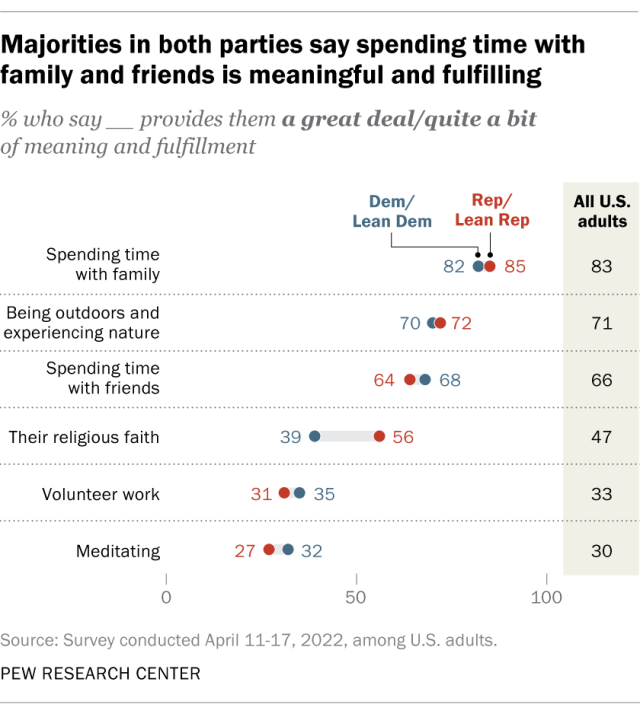Hyperallergic had an article about how artists can get a public/private art commission. Paddy Johnson responds saying “…there are so many ways to get commissions, yet so few shared resources about how to secure them, that many artists never venture into the field.”
So I will start by noting that CaFE (Call for Entry), a service hosted by the Western Arts Federation for what seems like forever is one place to find information on applying for public art projects.
As I mentioned a couple months ago, I am working in a city with a large number of public art pieces so I recently was recruited to be on a panel reviewing project proposals. One of the things in Johnson’s article that rang true for me is that because public art projects are often sponsored by governmental entities like cities, the juries often include ordinary citizens so the way you discuss your project has to be pitched to them rather than visual art insiders.
“I tell artists that [writing] ‘Imagine if you will’ does not work with panelists,” she [Rebecca Rothman, public art manager, Tempe, Arizona] told Hyperallergic. Stakeholders involved in the decision-making process may be dentists or school principals who aren’t visually trained. You have to show them exactly what they will see.
The biggest issue, though, might be the shift from creating work meant to be seen inside controlled spaces such as museums, and a public space where the audience will be much more diverse and doesn’t necessarily choose to view the work. Your job is to sell what you’re going to do to that audience. “Many artists confuse a public art application with applying for a grant,” Rothman said. “It’s a switch of mindset. You’re applying for a job.”
In my experience on the panel, I didn’t really find the language used to describe the proposals difficult to understand. But then, I am something of an insider and CaFE provides a fair amount of space for work samples. I did, however, feel the tone of some of the narrative was similar to a grant proposal. That wasn’t an impediment for me, but Rothman’s comment about public art proposals not being grants immediately resonated with my experience.





I've been to a few of the Science on Tap events, though I never gave a talk at one of…